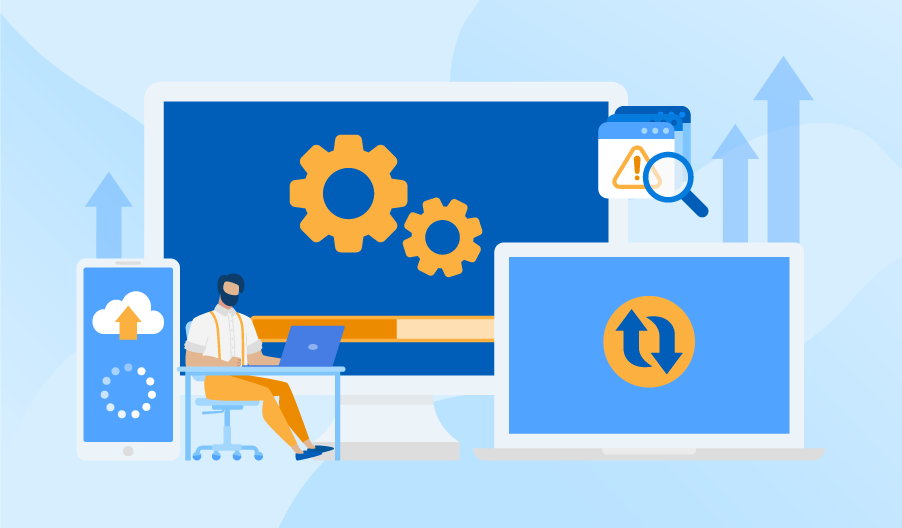Modernizing legacy systems are three hot buzzwords in the business world right now – and it’s not hard to see why.
More and more businesses are approaching modernization as a vital investment, especially if they have issues with their legacy platforms. The significant legacy modernization benefits generally fall into two categories: competitive differentiation and operational improvement.
Here are five benefits you can expect when you implement legacy modernization in your business.
1. Avoid High Costs
When it comes to business infrastructure, more and more businesses are moving away from local onsite data centers and implementing cloud services to save on costs instead. Organizations can avoid the costly expense of on-premises data storage by utilizing cloud data storage vendors.
Another way modernizing legacy systems reduces business expenses is by mitigating technical debt. As most businesses spend more than 60% of their IT budget on maintaining legacy systems, it’s clear that they can be very expensive to maintain.
The majority of this cost is due to growing support tickets and managing outdated code. Diagnosing problems with legacy systems can take days, and many IT teams aren’t familiar with them.
Modernizing your systems means legacy code can be rebuilt with modern open-source languages, which reduces the cost of hiring niche developers.
2. Improve Business Agility
Utilizing legacy systems in your business operations limits your ability to create new features and services. Usually, an organization will assign a designated team to maintain and fix legacy systems without planning for the future.
When you bring your legacy software to the cloud, you can mitigate these limitations and roll out containerization and microservices. This will allow your organization to add functionality and roll out new features.
3. Increase Staff Productivity
By moving your workforce to the cloud and leveraging existing services, you can enable administrative teams and developers to become more productive in their day-to-day activities.
With modernization, you can expect fewer application incidents, improved team utilization, and the ability to add new functionality and features.
Because your legacy system may have undergone many iterations over the years, re-architecting the code to be compatible with the cloud will reduce the majority of technical limitations. A modernized system’s issues are easier to diagnose and can be dealt with without disrupting the entire system.
4. Improve the Customer Experience
When you tether your business operations to a legacy system, you can hurt the customer experience. Modernizing your legacy systems will enable you to improve functionality and add new processes and services.
With legacy system modernization, your organization can also transform the front-end user interface, automate time-consuming and repetitive manual processes, launch new service offerings, and create and add new features.
5. Unlock a New Revenue Stream
Modernizing legacy systems can also facilitate new revenue streams. Updated systems will allow your organization to create new processes, services, and features that add value to your customers. Generally, legacy systems do not allow for innovation because they are often inflexible.
So, whether you want to avoid costs, make your business more agile, improve your operations, or unlock a new revenue stream, modernizing the legacy systems in your organization is the best way to start.

